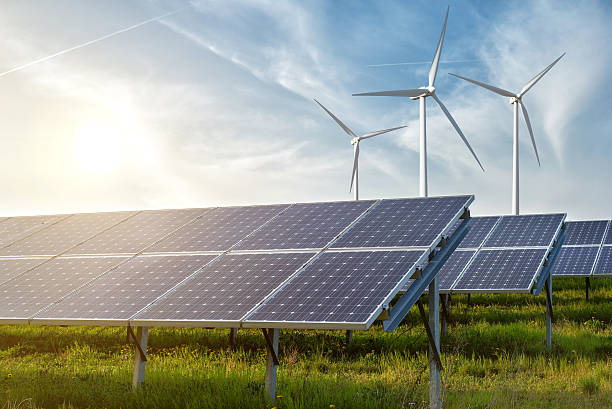
FAQ About Clean Energy
Clean Energy
2 years ago | gizem
How does solar energy work?
Solar energy works by harnessing the power of sunlight and converting it into usable electricity or heat through two main methods: photovoltaic (PV) technology and concentrated solar power (CSP) systems. Here's an overview of how each of these solar energy technologies works:
Photovoltaic (PV) Technology:
- Sunlight Absorption: Solar panels, also known as photovoltaic modules, consist of many solar cells made of semiconductor materials like silicon. When sunlight hits these solar cells, the photons (particles of light) transfer their energy to electrons in the semiconductor material, causing the electrons to become energized and break free from their atoms.
- Electron Flow: The energized electrons create an electric current as they flow through the semiconductor material. The solar cells are connected in a circuit, and the flow of electrons generates direct current (DC) electricity.
- Inverter Conversion: The DC electricity produced by the solar panels is then sent to an inverter, which converts it into alternating current (AC) electricity, the standard form used in most homes and businesses.
- Grid Connection or Storage: The AC electricity can either be used to power electrical devices and appliances in the building immediately or sent to the electrical grid for distribution to other users. Alternatively, excess electricity can be stored in batteries for later use when the sun isn't shining.
Concentrated Solar Power (CSP) Systems:
- Sunlight Concentration: CSP systems use mirrors or lenses to concentrate sunlight onto a small area, typically a receiver or a central tower.
- Heat Generation: The concentrated sunlight generates intense heat at the focal point, such as the receiver or the top of the tower.
- Heat Transfer: The heat collected is then transferred to a working fluid (e.g., water, molten salt, or synthetic oil) within the system.
- Steam Generation: The working fluid's heat is used to produce steam, which drives a turbine connected to an electrical generator, producing electricity.
- Energy Storage (Optional): Some CSP systems incorporate thermal energy storage to store excess heat, allowing them to continue generating electricity even when the sun is not shining.
